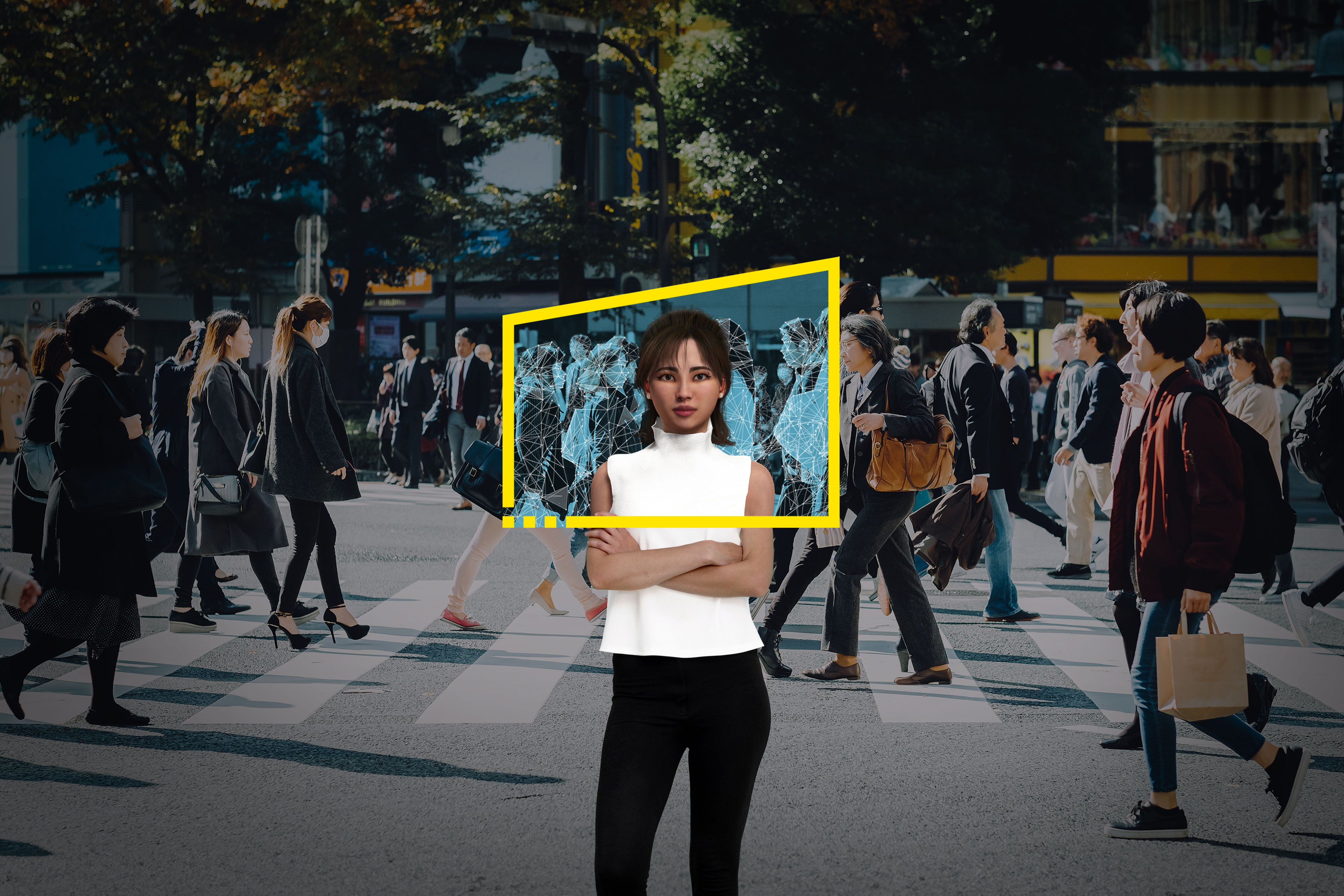EY refers to the global organization, and may refer to one or more, of the member firms of Ernst & Young Global Limited, each of which is a separate legal entity. Ernst & Young Global Limited, a UK company limited by guarantee, does not provide services to clients.
How EY can help
-
EY.ai, a platform that unifies human capabilities and artificial intelligence to help you confidently adopt AI. Learn more.
Read more
But online shopping behaviors are fragmenting and becoming more complex too, with 29% of consumers now buying items direct from social media ads, which lessens the need for a physical presence. However, 38% buy items online then collect them in-store, which makes that presence critical.
While some retailers are enjoying a new sense of power, this acceleration of online shopping will challenge their margins and bring more complexity into their business model.
As the shopping experience expands across multiple channels, the challenge – or opportunity – for both CPG companies and retailers is to give consumers an experience they value, without the incremental cost of delivering that experience making it unprofitable. At the same time, they need to think beyond their traditional approach to metrics and KPIs – identifying ways to create value for the business that might generate no immediate revenue in the short term but is necessary for longer-term success, such as capturing first-party data and building consumer trust.
Controlling the product narrative is increasingly complex
In the past CPG companies told us the good things about their products through TV advertising, in magazines, on billboards and so on, and we went out and bought them. There was little transparency on ingredients, carbon footprint or supply chain, and only a few ways to hear about it (all controlled by the company). Now selling products operates in a very different landscape – the breadth of information available, the plethora of influencers, reviews and forums, the opportunity to share delight and frustration; it all means consumers are a click away from accessing product messaging (good or bad) and making product choices. On hearing about a brand’s inappropriate behavior, the EY Future Consumer Index reports, 32% of consumers decided not to buy its product and 26% told their friends and family not to use it.
There’s a new level of complexity to be mindful of, understand, monitor and manage. CPG companies have had to adapt and invest to bring authenticity, purpose and transparency to their products in order to compete and stay relevant. They’ve needed to broaden their channels to market to maintain visibility and control of their brand message. In responding to changing customer expectations, they’ve had to invest in far more than product and mainstream advertising.
Now, there’s much more to say about products but even less opportunity at the point of sale to share it. And margins are under pressure, reflecting the increased costs associated. Retailers find themselves suffering the same challenges with their own private label products but are better placed to connect with their customers at the point of sale.







